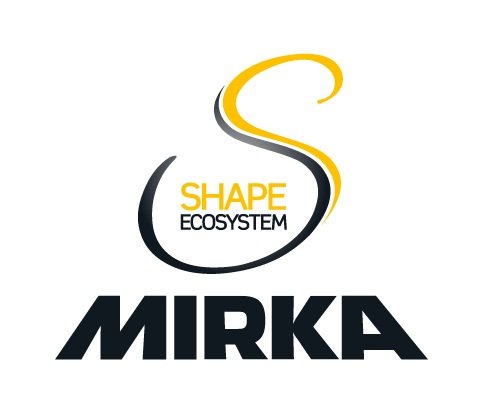
Frequently Asked Questions
-
Becoming a partner of the SHAPE Ecosystem is a strategic move for your business, positioning you as a leader in the green transition of manufacturing and the growing remanufacturing industry. As a SHAPE member, you can suggest, prepare, and actively participate in projects, empowering your business to drive change and shape industry initiatives.
By joining the SHAPE Ecosystem, you gain access to a diverse professional network, which facilitates collaboration and valuable connections with industry experts. You can actively participate in SHAPE workshops and webinars, contributing your expertise, knowledge, and ideas, and take part in various projects. Additionally, your visibility will increase through our channels, allowing you to share your SHAPE journey and achievements.
You will also have access to webinars and workshops designed to foster learning and knowledge exchange within the Ecosystem. Moreover, you can stay informed about the latest news, projects, events, and industry trends through our LinkedIn, website ad newsletter.
-
Shortly, an ecosystem is a big network of a wide range of participants interacting to promote innovation and value creation.
SHAPE is an innovation ecosystem whit the aim of reducing emissions from the manufacturing industry. Therefore we bring together different stakeholders to jointly tackle this challenge from different points of view through various projects. We build and activate open innovation collaboration between companies, RDI-organizations, and other interested actors across sectors.
SHAPE consists of companies from different sectors of different sizes as well as research groups, universities and other players. We define shared opportunities and challenges, plan RDI projects jointly with the aim of exploring new knowledge, co-create innovative solutions and gain insights.
-
Business Finland has granted 10 million euros in development funding for the SHAPE programme as well as 20 million euros to the ecosystem companies surrounding the project.
Business Finland is a public organization providing internationalization and funding services to companies, accelerating sustainable growth, and generating prosperity and well-being for Finnish society. Business Finland helps customer companies grow and succeed globally, develop solutions for the future and renew their business operations boldly. The aim is to promote collaboration between companies and research groups so that new endeavours can develop into international business ecosystems.
-
Each year Business Finland launches challenge competitions in which companies with international operations agree to resolve significant future challenges and increase their research, development, and innovation investments in Finland. The winner will lead ecosystems that consist of companies of different sizes and other players to further enhance innovation in their field of business.
These leading companies’ (Veturi) ecosystems serve as locomotives to accelerate research, development, and innovation activities across various fields. Mirka, as the driver of the SHAPE programme, is a Veturi.
-
The green transition means a shift towards economically sustainable growth and an economy that is not based on fossil fuels and overconsumption of natural resources. A sustainable economy relies on low-carbon solutions that promote a circular economy and biodiversity.
For companies, the manufacturing industry and municipalities, the green transition can mean investments in clean energy production, circular economy solutions and hydrogen technology, and the introduction of different kinds of new services and operating models.
Source: Ministry of the Environment in Finland
-
An economic model which does not focus on producing more and more goods, but in which consumption is based on sharing, renting and recycling. Materials are not destroyed in the end but are used to make new products over and over again.
Circular economy aims to minimize waste and promote a sustainable use of natural resources, through smarter product design, longer use, recycling and more, as well as regenerate nature.
Besides helping tackle the problem of pollution, circular economy can play a critical role in solving other complex challenges such as climate change and biodiversity loss.
Source: Sitra, UNDP
-
A value chain refers to the full lifecycle of a product or process, including material sourcing, production, consumption and disposal/recycling processes.
Source: University of Cambridge
-
Remanufacturing means reusing or repairing components in order to rebuild old products. Hence the lifetime of the product is extended and the need of producing a new one is unnecessary.
Remanufacturing is a comprehensive and rigorous industrial process by which a previously sold, leased, used, worn, remanufactured, or non-functional product or part is returned to a like-new, same-as-when-new, or better-than-when-new condition from both a quality and performance perspective, through a controlled, reproducible, and sustainable process.
Remanufacturing is not the same as recycling, repairing, or refurbishing.
Source: Remanufacturing Industries Council
-
The integration of environmental aspects into the product development process, by balancing ecological and economic requirements. Ecodesign considers environmental aspects at all stages of the product development process, striving for products which make the lowest possible environmental impact throughout the product life cycle.
Source: European Environment Agency
-
Sustainable materials are those that can be produced in large quantities without using up non-renewable resources or harming the environment. These materials come from renewable sources and can be made without negatively impacting the environment or important ecosystems.
Source: Rutgers
